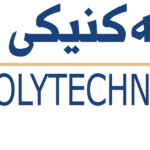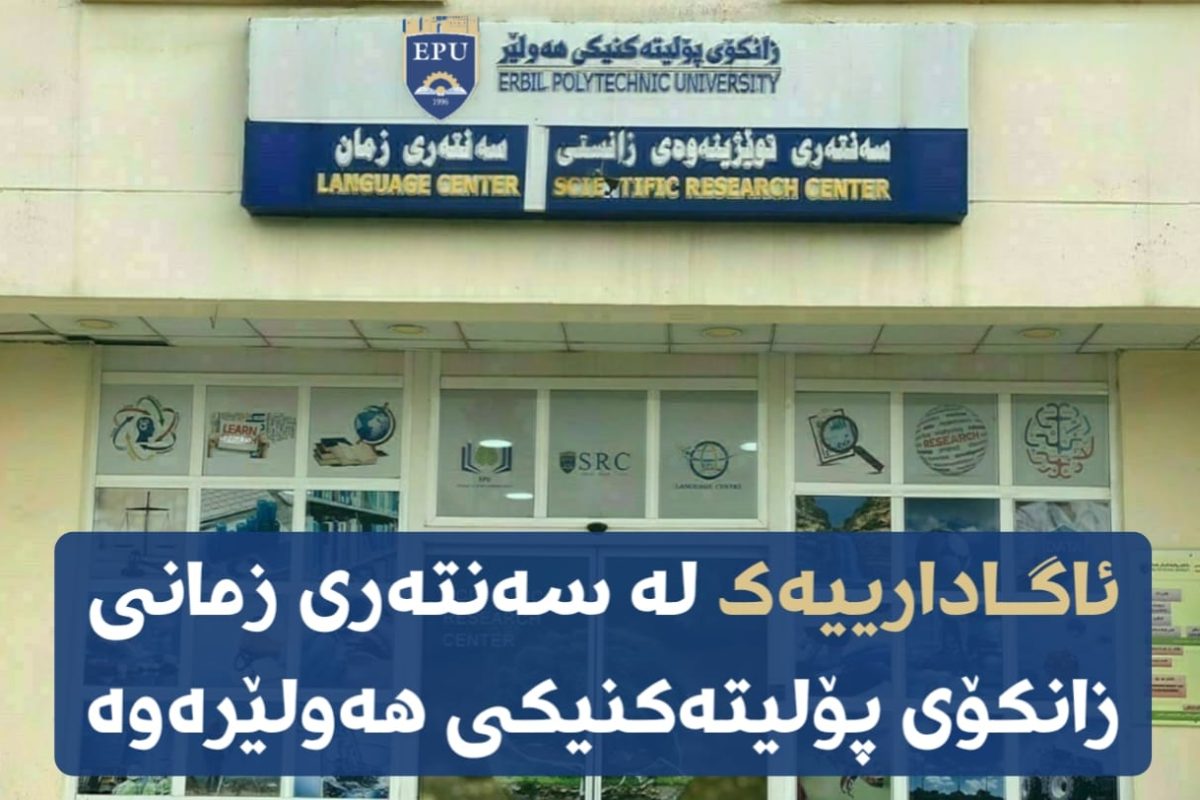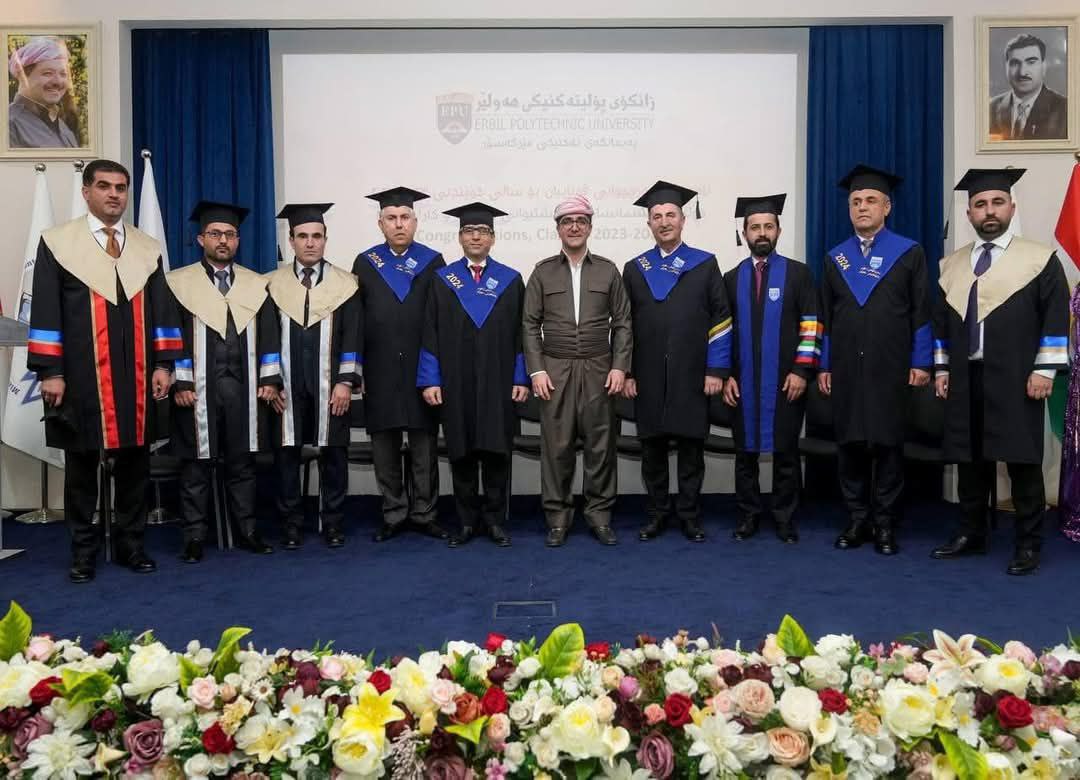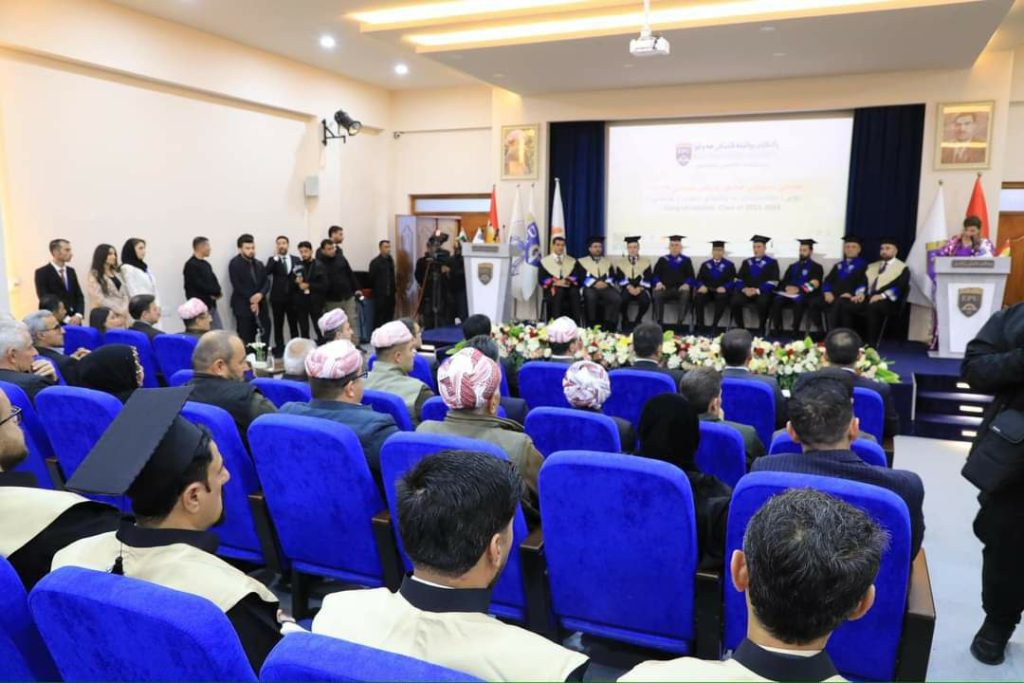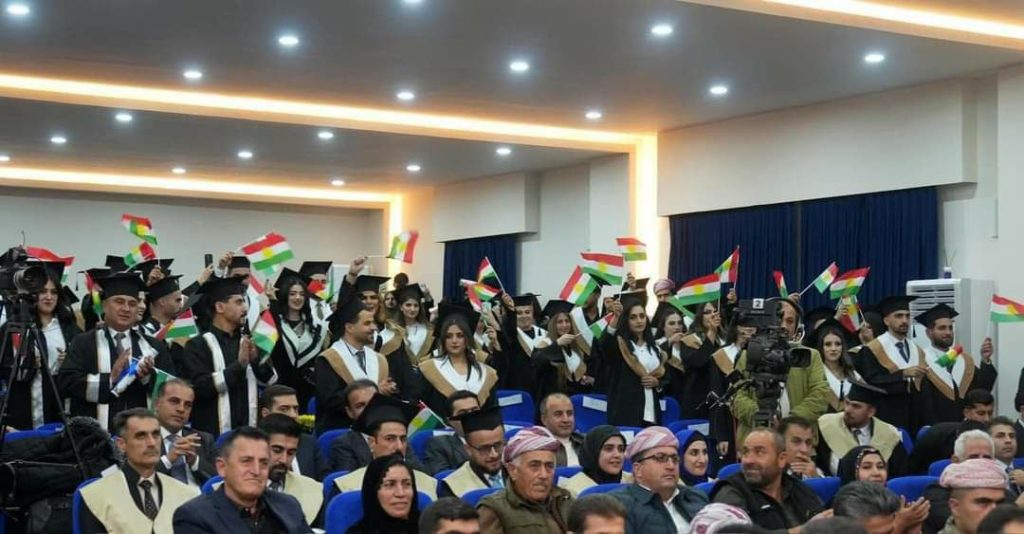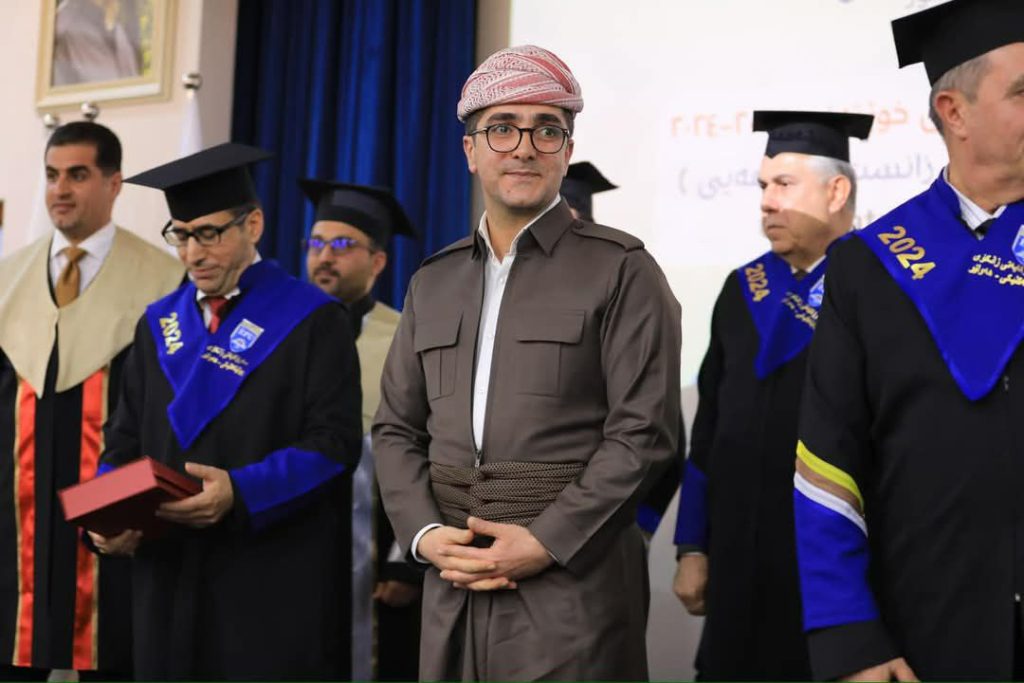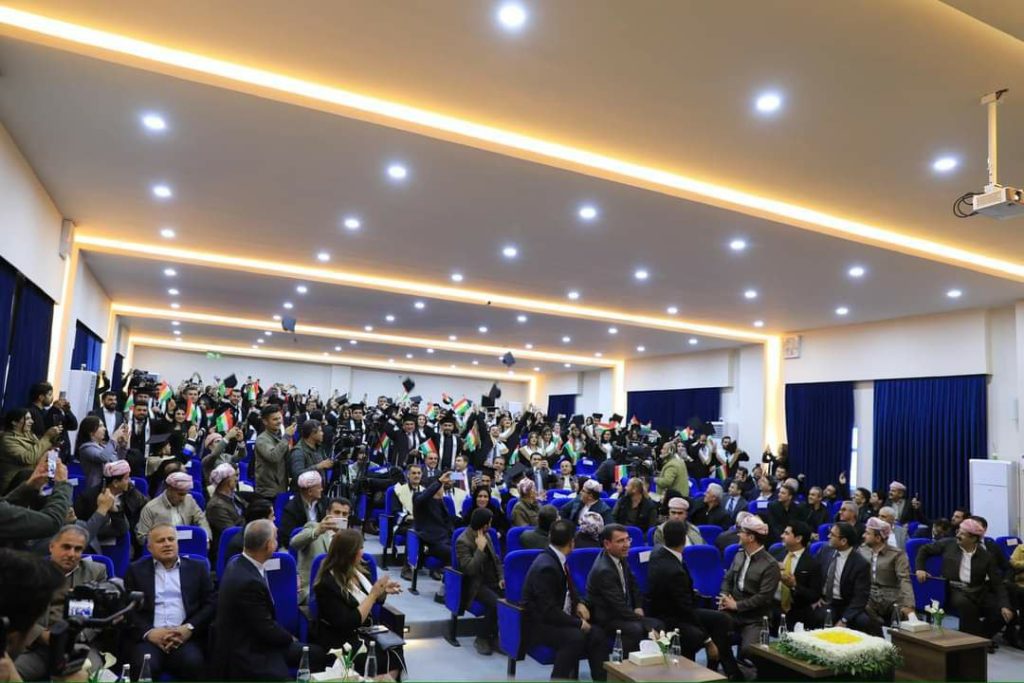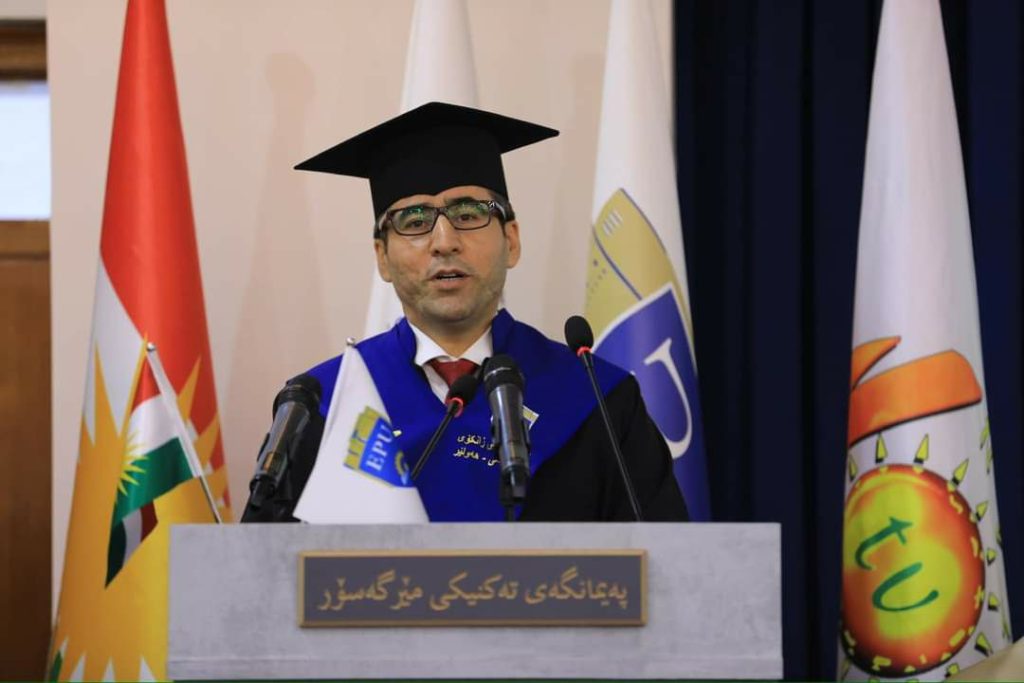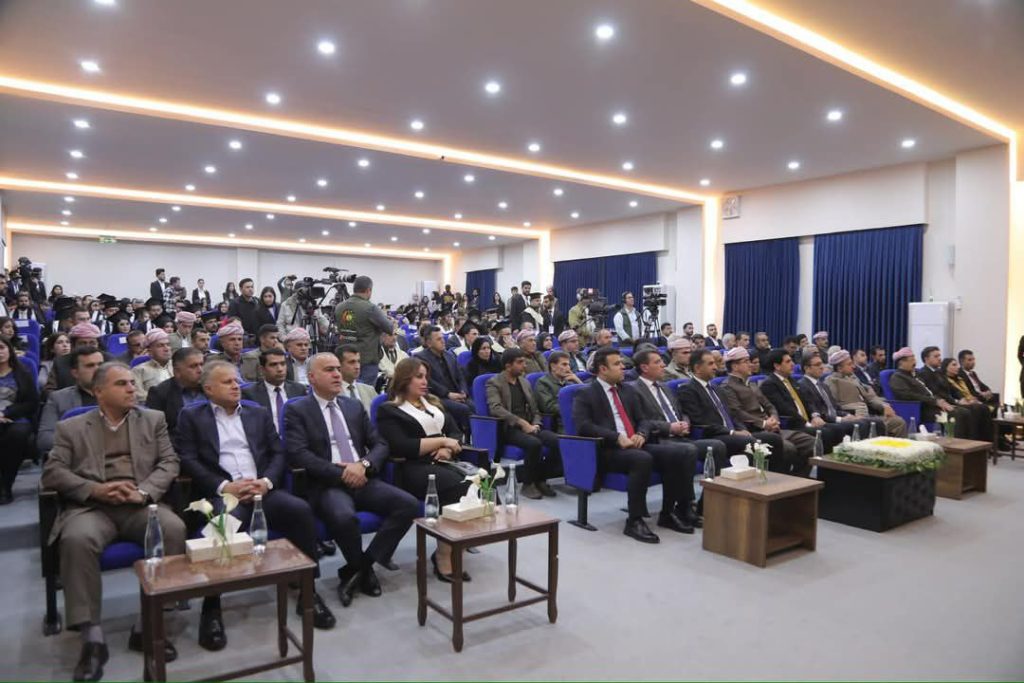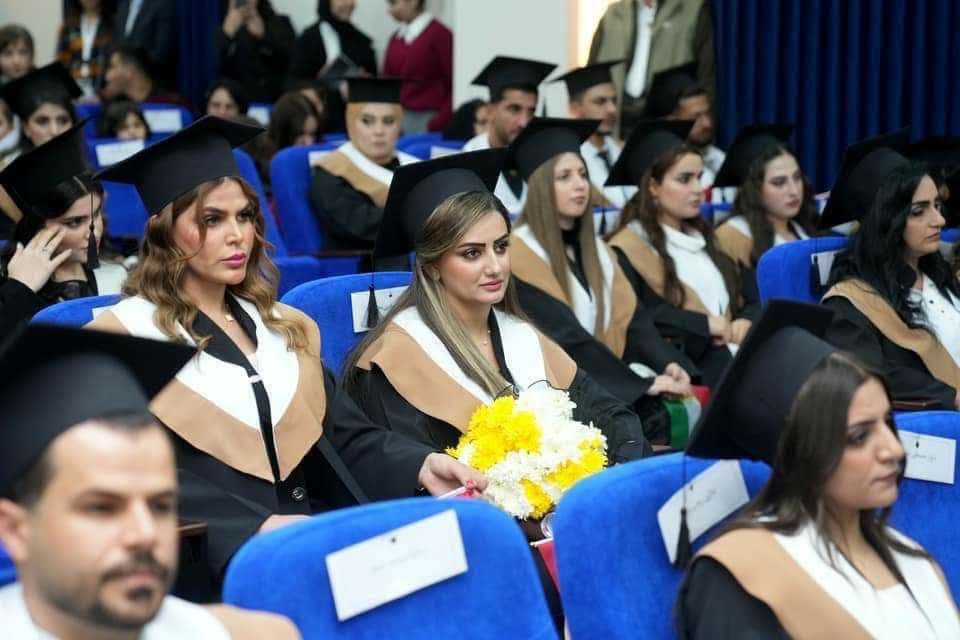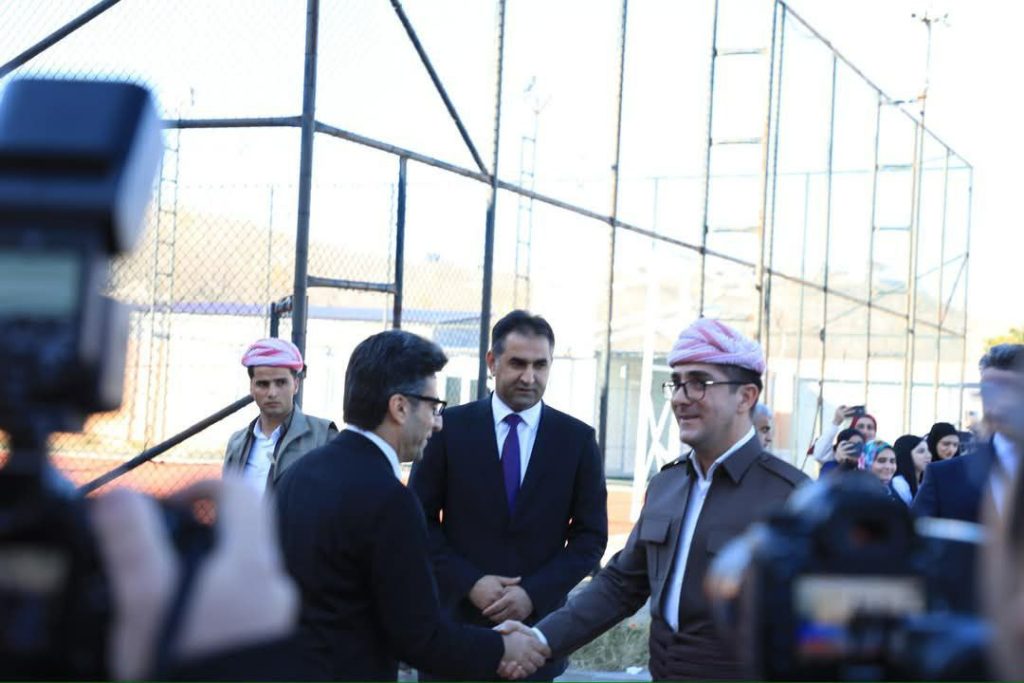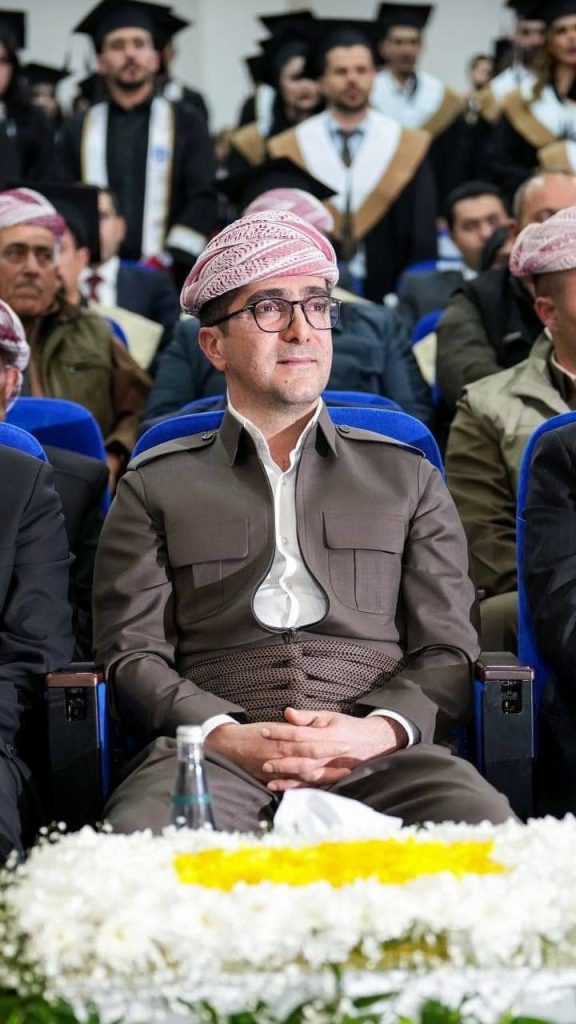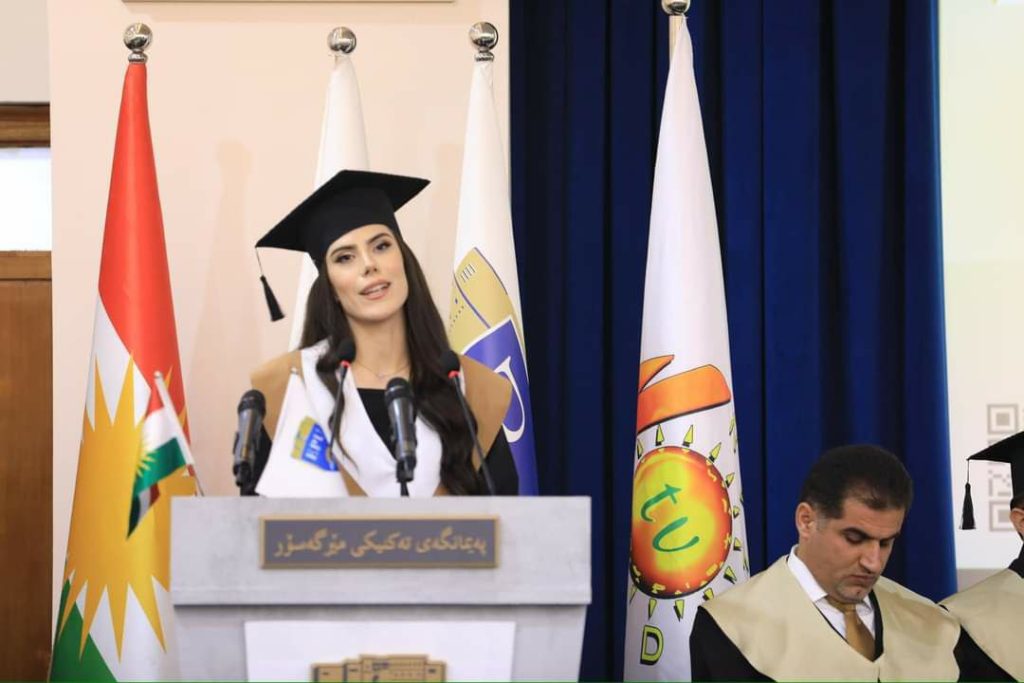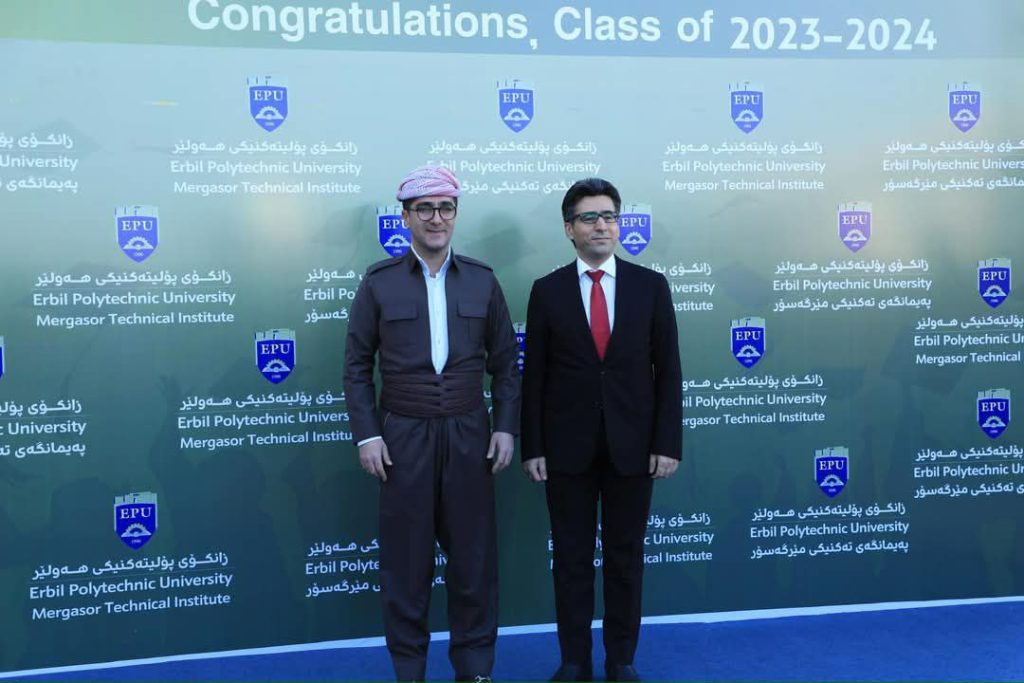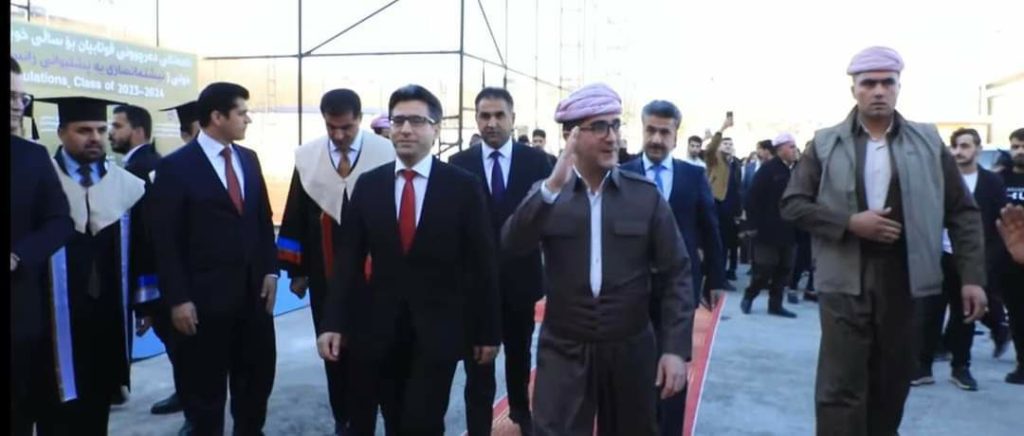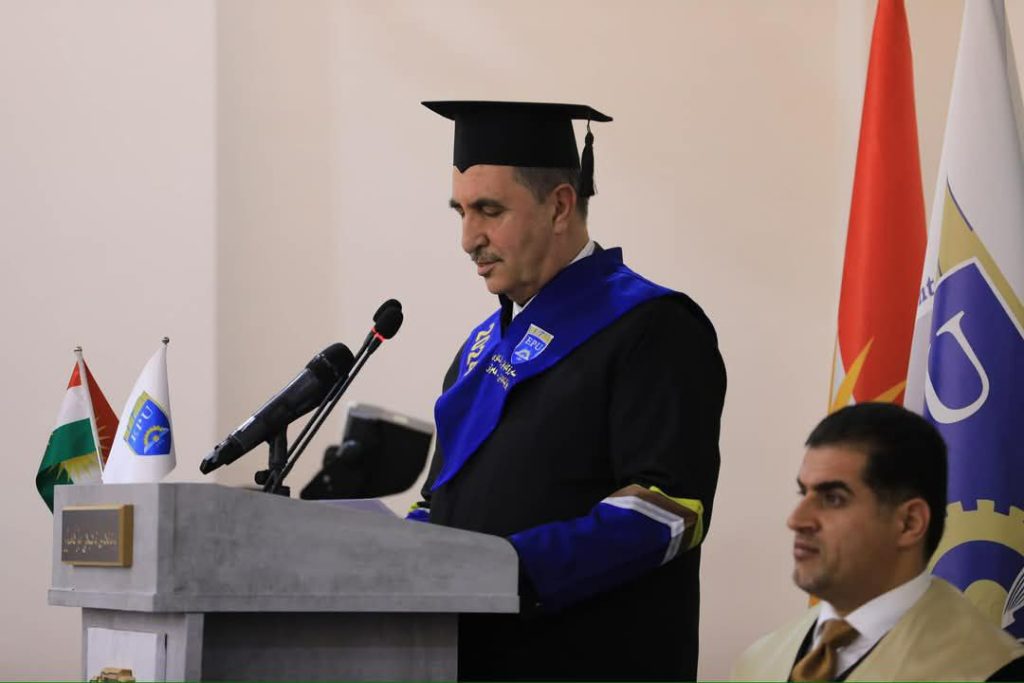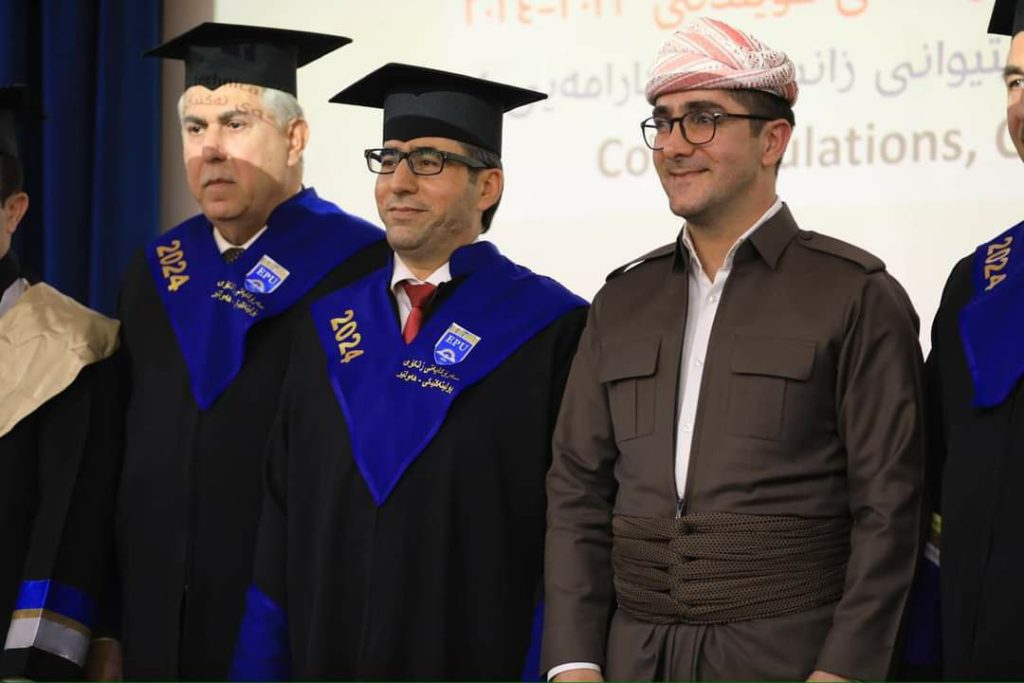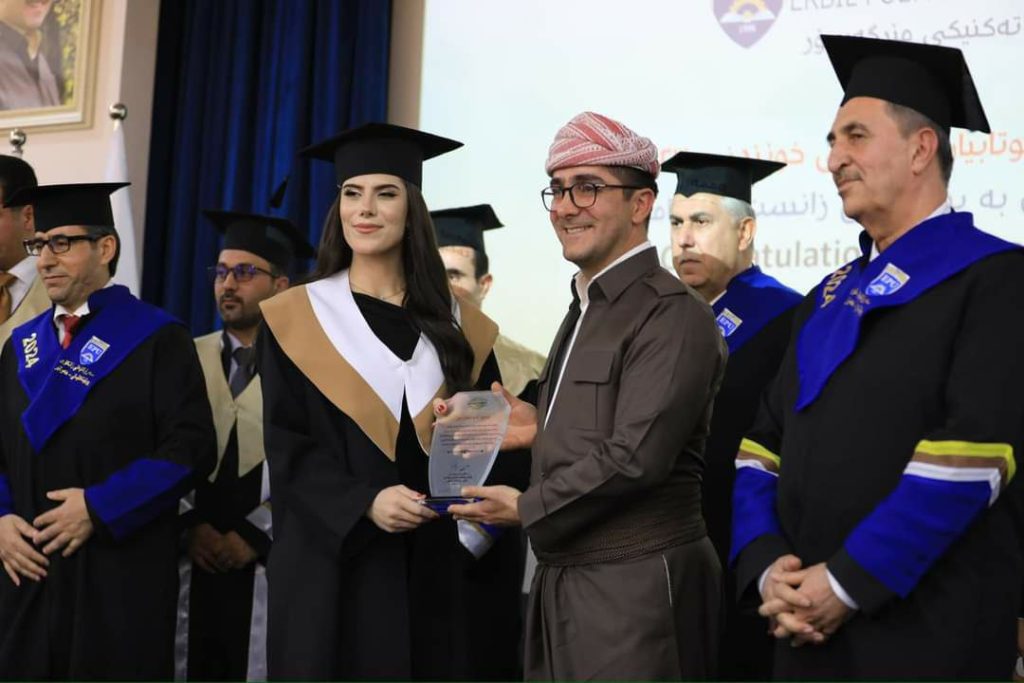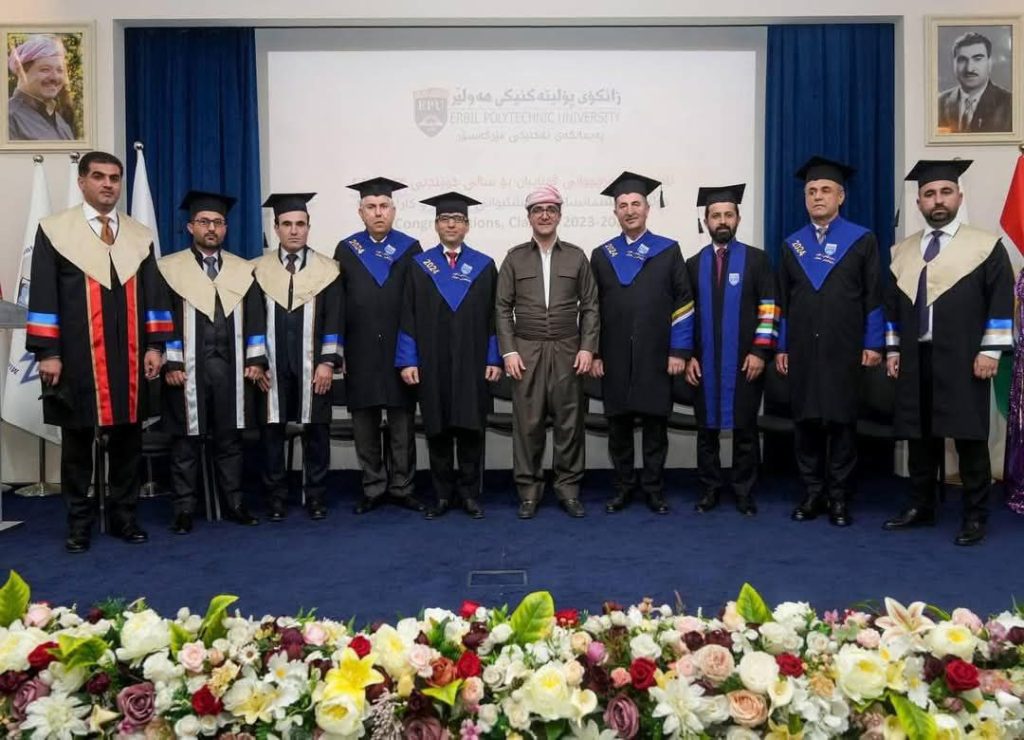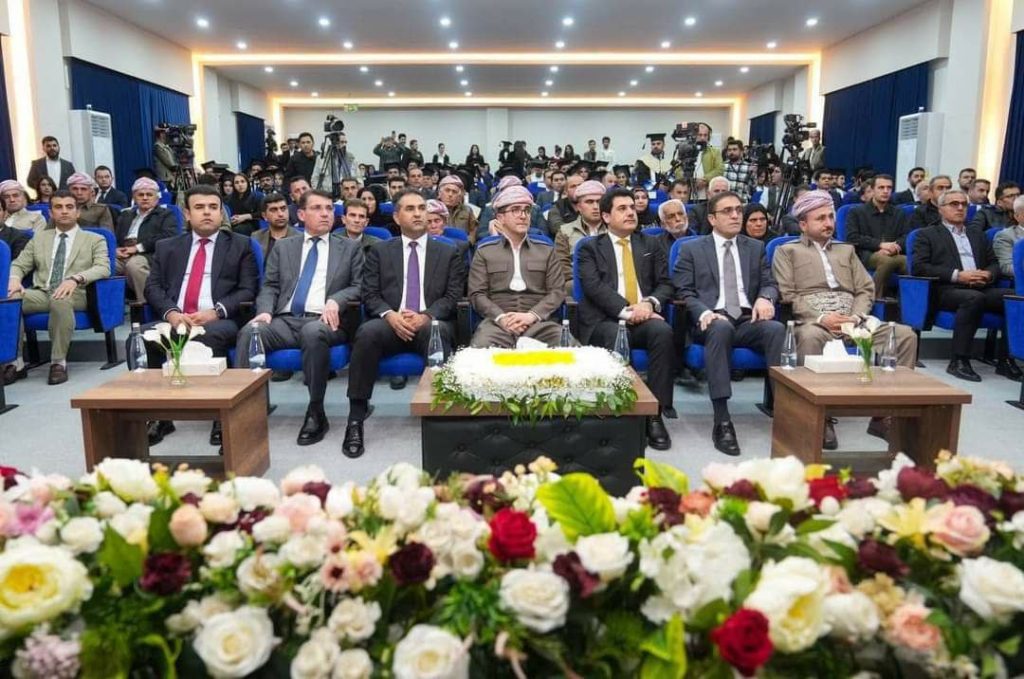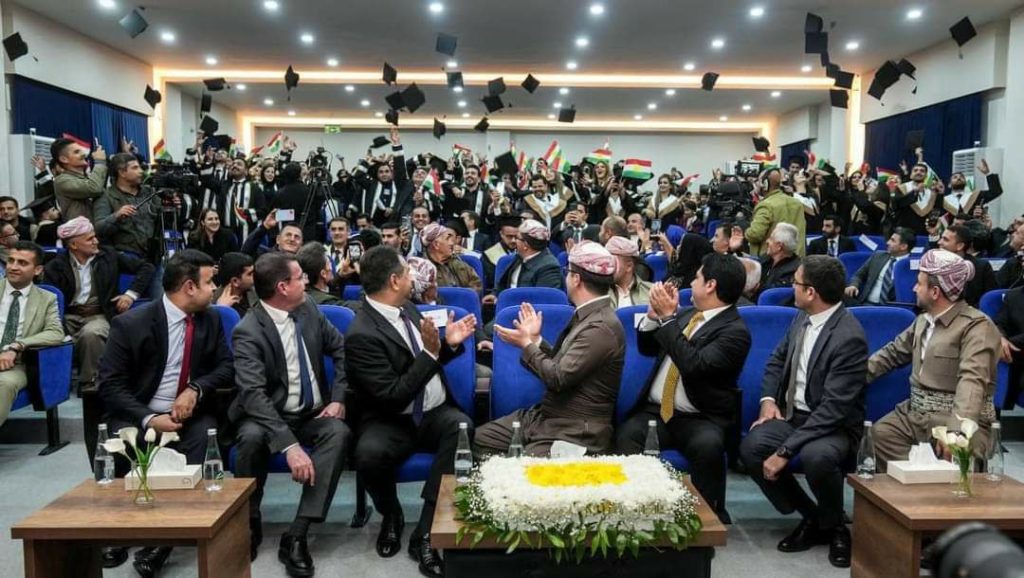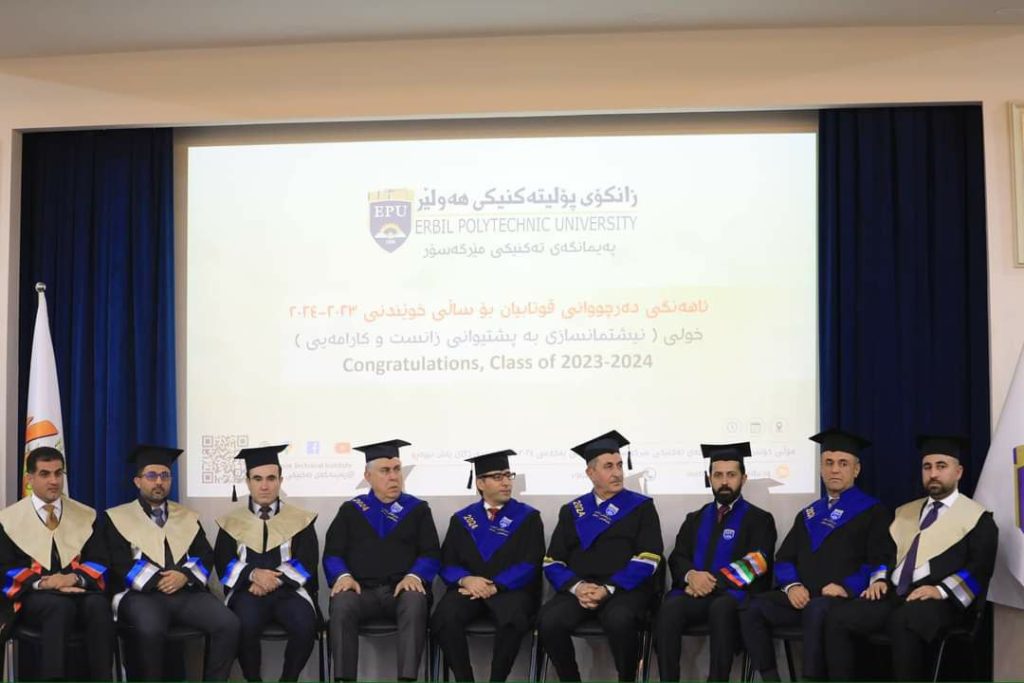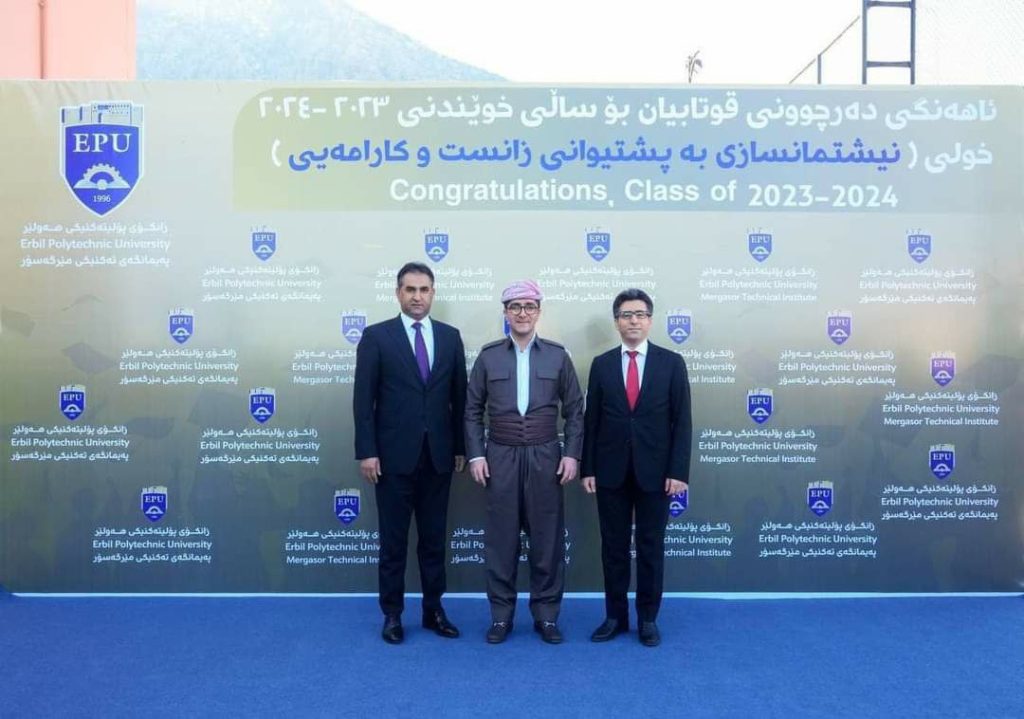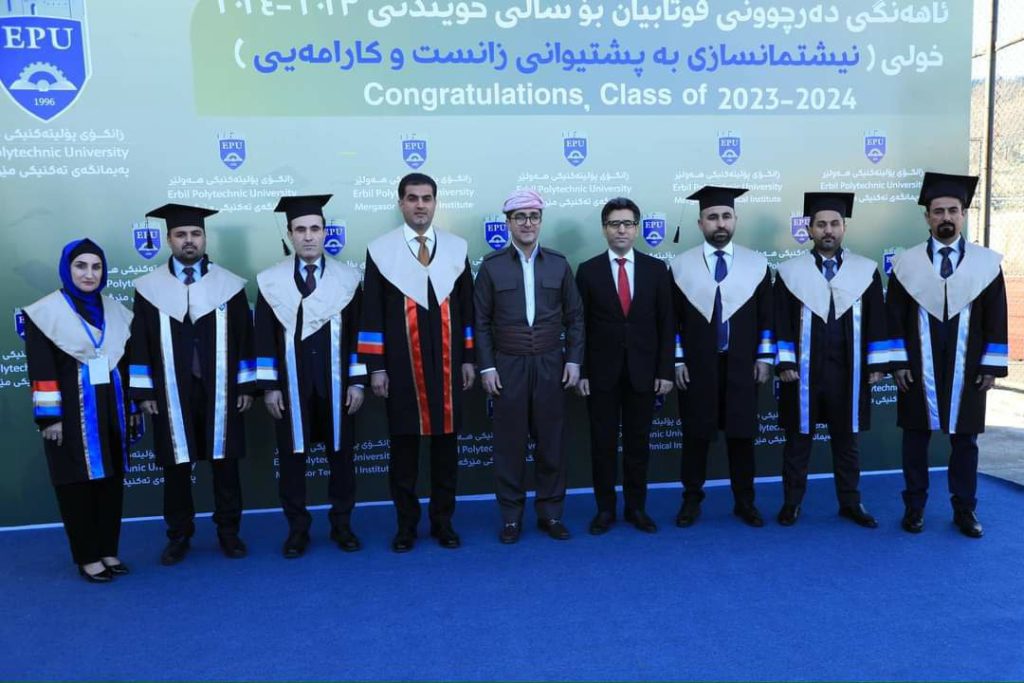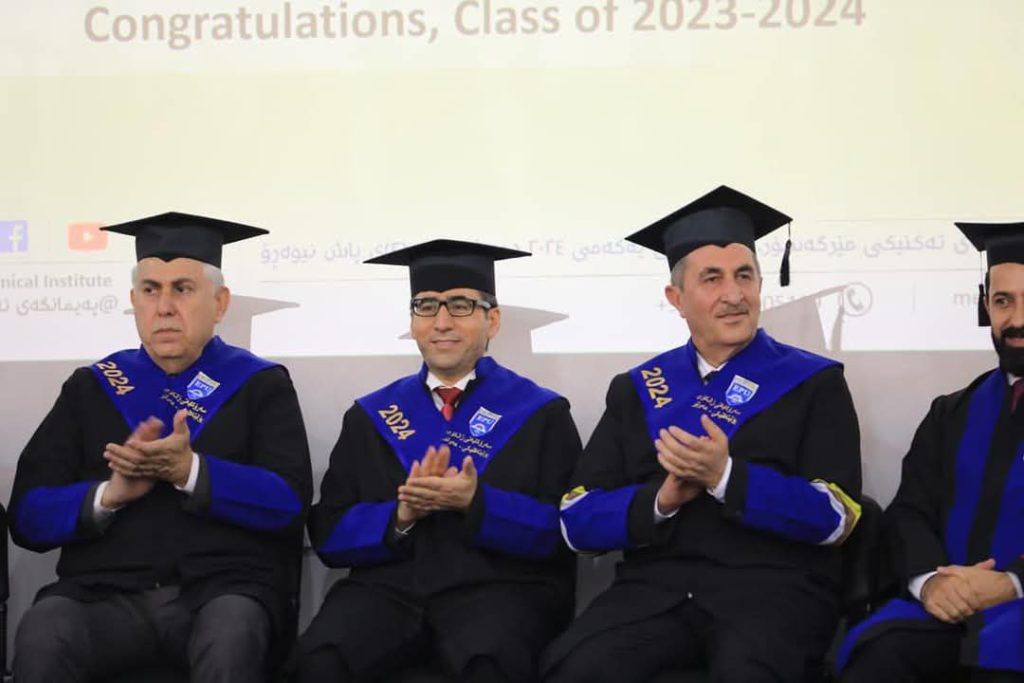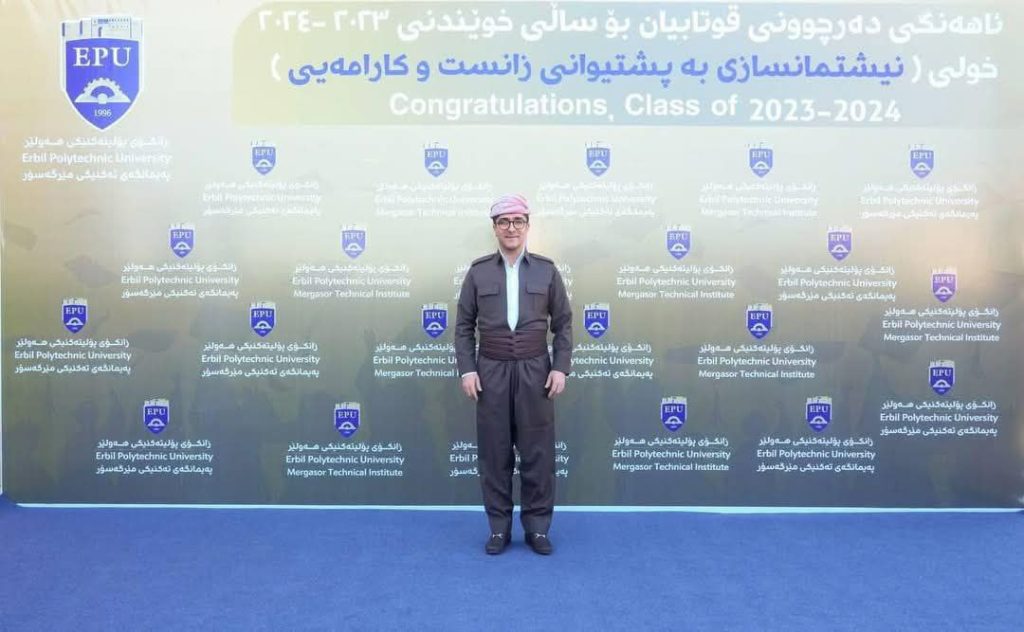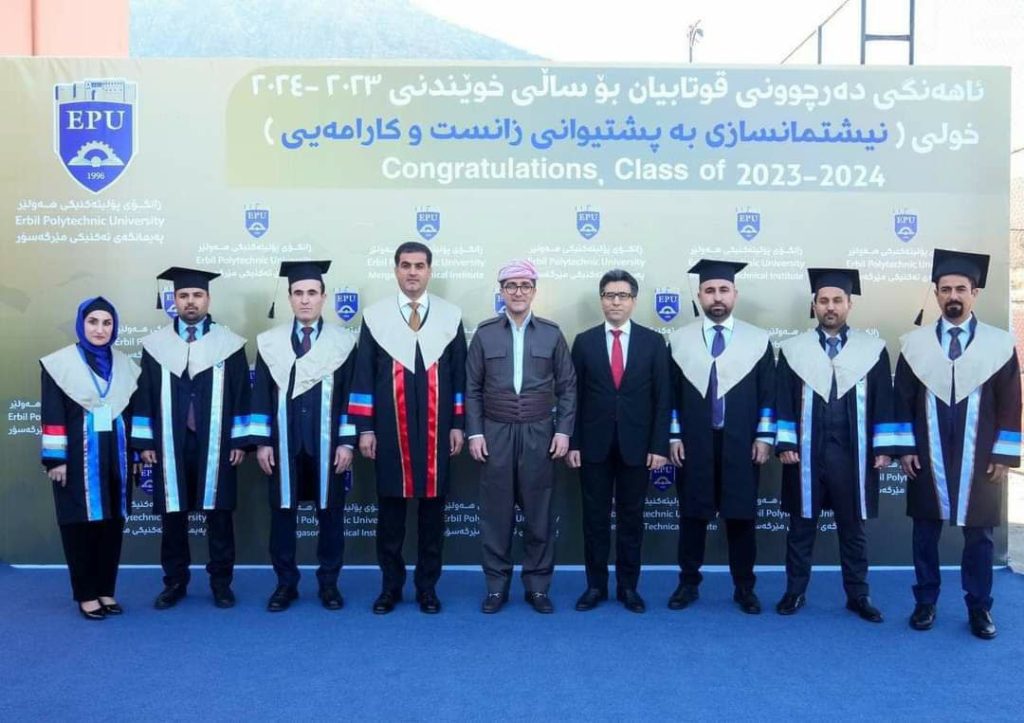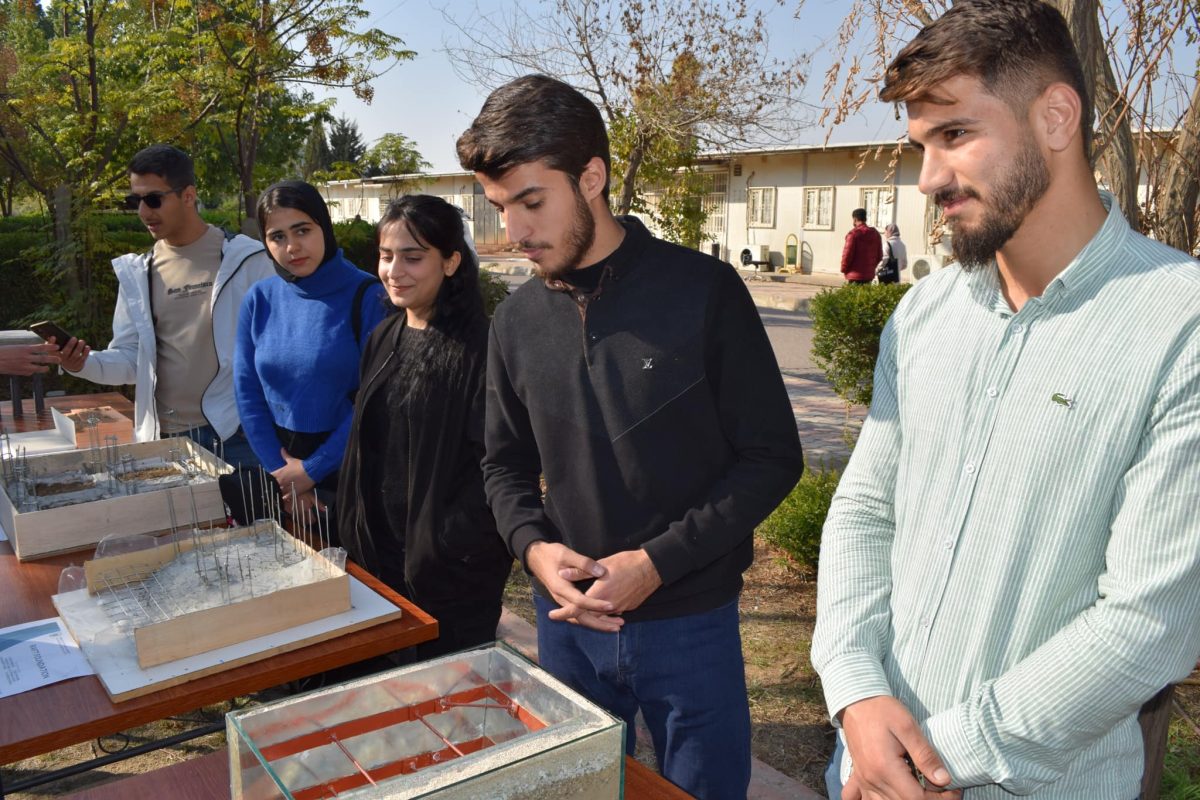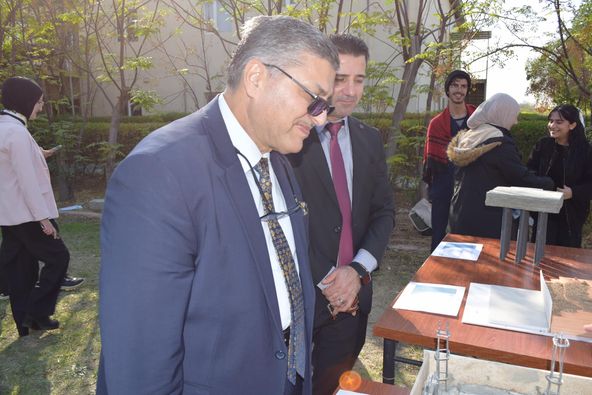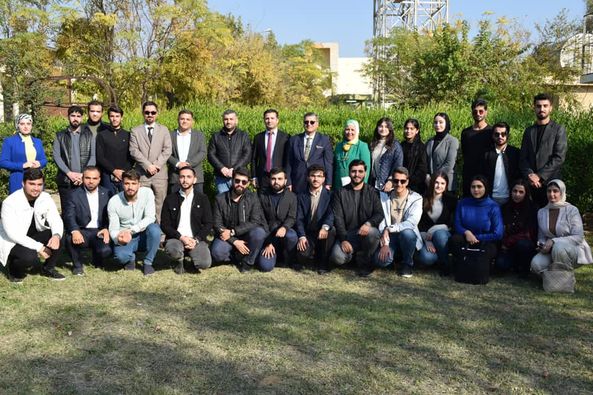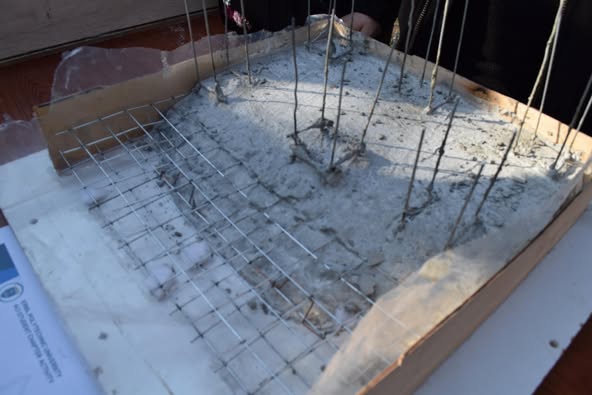ئاگاداری لە سەنتەری زمانی زانکۆی پۆلیتەکنیکی هەولێر
ئاگاداری بەشداربووانی تاقیکردنەوەی کۆتایی خولی (11)ی فێرکاری سیستەمی کۆن دەکەینەوە:
- ئەوانەی بەشداربوون لە خولەکە و تاقیکردنەوەی کۆتایی ئاستی (Intermediate) دەرنەچوون وە لە ڕاوندی (12) و (13) بەشداری خولیان نەکردوە و ئارەزوویان هەیە بەشدار بن لە تاقیکردنەوەی کۆتایی ئاستی (Intermediate) پێویستە ڕۆژانی یەک شەممە و دوو شەممە ڕێکەوتی (2024/12/16.15) سەردانی :
آ. بەشداربووانی سنوری پارێزگای هەولێر سەردانی سەنتەری زمانی زانکۆی پۆلیتەکنیکی هەولێر بکەن.
ب. بەشداربووانی سنوری پارێزگای سلێمانی سەردانی زانکۆی پۆلیتەکنیکی سلێمانی بکەن.
ج. بەشداربووانی سنوری پارێزگای دهۆک سەردانی زانکۆی دهۆک بکەن .
بە مەبەستی ناو تۆمارکردن بۆ ئەنجامدانی تاقیکردنەوەکە. - ئەو بەشداربوانەی کە تاقیکردنەوەی کۆتایی خولی (11)ی فێرکاری ئاستی (Pre-intermediate) یان ئەنجام داوە و دەرنەچوون لە تاقیکردنەوەکە و بەشداری خولی زمان ڕاوندی (13.12)یان نەکردووە و ئارەزوویان هەیە تاقیکردنەوەی کۆتایی خولەکە بکەن ڕۆژی یەک شەممە و دووشەممە ڕێکەوتی (2024/12/16.15) سەردانی:
آ. بەشداربووانی سنوری پارێزگای هەولێر سەردانی سەنتەری زمانی زانکۆی پۆلیتەکنیکی هەولێر بکەن.
ب. بەشداربووانی سنوری پارێزگای سلێمانی سەردانی زانکۆی پۆلیتەکنیکی سلێمانی بکەن.
ج. بەشداربووانی سنوری پارێزگای دهۆک سەردانی زانکۆی دهۆک بکەن .
بە مەبەستی ناو تۆمارکردن بۆ ئەنجامدانی تاقیکردنەوەکە. - ئەو بەشداربوانەی کە تاقیکردنەوەی کۆتایی خولی (11)ی فێرکاری ئاستی (Pre-intermediate) یان ئەنجام داوە و دەرچوون لە تاقیکردنەوەکە بەڵام بڕوانامەیان وەرنەگرتووە لە سیستەم داوای بڕوانامەی ئاستی (Intermediate) یان کردبوو وە بەشداری خولی زمان لە ڕاوندی (13.12)یان نەکردووە و ئارەزوویان هەیە تاقیکردنەوەی کۆتایی لە ئاستی (Intermediate) ئەنجام بدەن ڕۆژی یەک شەممە و دووشەممە ڕێکەوتی (2024/12/16.15) سەردانی:
آ. بەشداربووانی سنوری پارێزگای هەولێر سەردانی سەنتەری زمانی زانکۆی پۆلیتەکنیکی هەولێر بکەن.
ب. بەشداربووانی سنوری پارێزگای سلێمانی سەردانی زانکۆی پۆلیتەکنیکی سلێمانی بکەن.
ج. بەشداربووانی سنوری پارێزگای دهۆک سەردانی زانکۆی دهۆک بکەن .
بە مەبەستی ناو تۆمارکردن بۆ ئەنجامدانی تاقیکردنەوەکە.
4.ڕۆژی پێنج شەممە ڕێکەوتی(2024/12/19) تاقیکردنەوەی کۆتایی ئەنجام دەدرێت.
- سەبارەت بە شوێنی تاقیکردنەوەکە:-
آ.بەشداربووانی سنوری پارێزگای هەولێر لە سەنتەری زمانی زانکۆی پۆلیتەکنیکی هەولێر ئەنجام دەدەن.
ب.بەشداربووانی سنوری پارێزگای سلێمانی لە زانکۆی پۆلیتەکنیکی سلێمانی تاقیکردنەوە ئەنجام دەدەن.
ج. بەشداربووانی سنوری پارێزگای دهۆک لە زانکۆی دهۆک تاقیکردنەوە ئەنجام دەدەن. - کرێی بەشداری کردن لە تاقیکردنەوەکە بە بڕی (75.000) حەفتا و پێنج هەزار دینار دەبێ.
بە هیوای سەرکەوتن بۆ گشت بەشداربووان
بەڕێوەبەرایەتی سەنتەری زمان
زانکۆی پۆلیتەکنیکی هەولێر
2024/12/13

